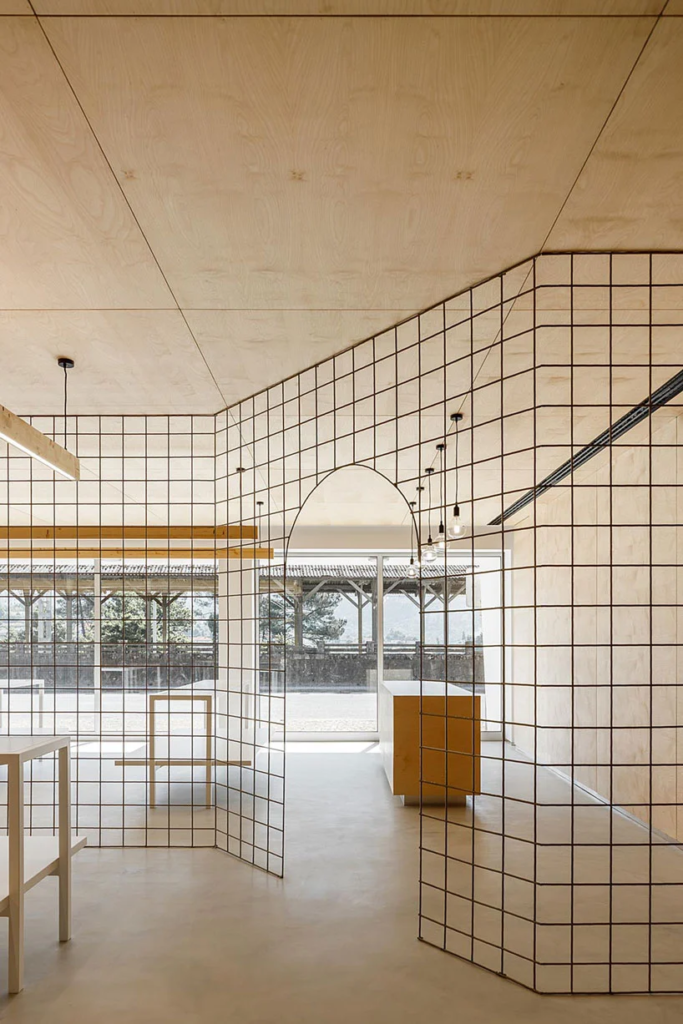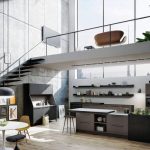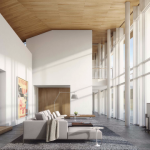Architecture interior design is a crucial aspect of building construction that focuses on the aesthetic and functional aspects of a building’s interior spaces. It involves designing the layout, materials, colors, and furnishings of a building to create a harmonious and visually appealing environment for its occupants. Interior design plays a significant role in enhancing the overall appeal and functionality of a building and greatly influences the way people interact with and experience a space.
One of the key objectives of architecture interior design is to create spaces that are not only visually pleasing but also functional and efficient. Interior designers work closely with architects and builders to ensure that the interior spaces of a building are well-planned and designed to meet the needs of its users. They consider factors such as traffic flow, lighting, ergonomics, and accessibility when designing a space to create a comfortable and functional environment.
In addition to functionality, architecture interior design also focuses on creating spaces that reflect the personality and preferences of the occupants. Interior designers work closely with clients to understand their needs and tastes and create customized design solutions that meet their requirements. By incorporating elements such as furniture, artwork, and decor that reflect the client’s personal style, interior designers create spaces that feel unique and personalized.
Another important aspect of architecture interior design is the use of materials and finishes to enhance the visual appeal of a space. Interior designers carefully select materials such as wood, metal, glass, and stone to create a cohesive and visually appealing design scheme. They also pay attention to details such as colors, textures, and patterns to create a harmonious and cohesive look that ties together the various elements of a space.
Lighting is another crucial aspect of architecture interior design that plays a key role in enhancing the ambiance and functionality of a space. Interior designers carefully plan the placement of lighting fixtures, natural light sources, and artificial lighting to create a well-lit and inviting environment. By using lighting to highlight architectural features, set the mood, and create visual interest, interior designers can transform the look and feel of a space.
Overall, architecture interior design is a multi-faceted discipline that combines art, science, and functionality to create visually stunning and functional interior spaces. By considering factors such as layout, materials, colors, lighting, and furnishings, interior designers create spaces that cater to the needs and preferences of the occupants while enhancing the overall aesthetic of a building. Whether designing a residential home, commercial office, or public space, interior designers play a crucial role in creating environments that are both visually pleasing and functional.
 bebadesign Interior Design Ideas
bebadesign Interior Design Ideas














